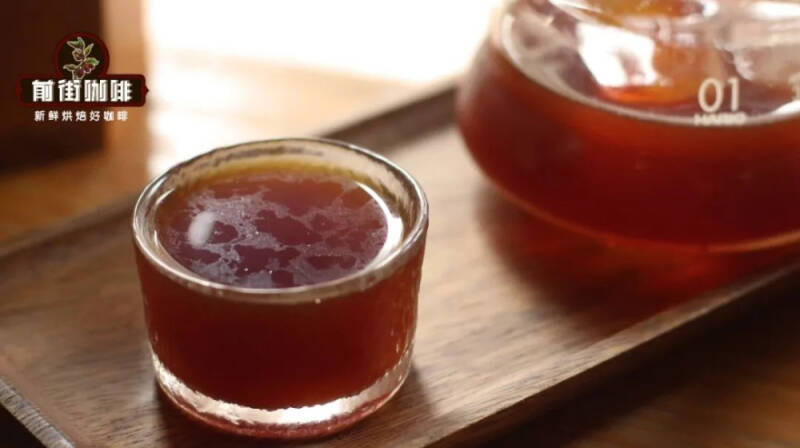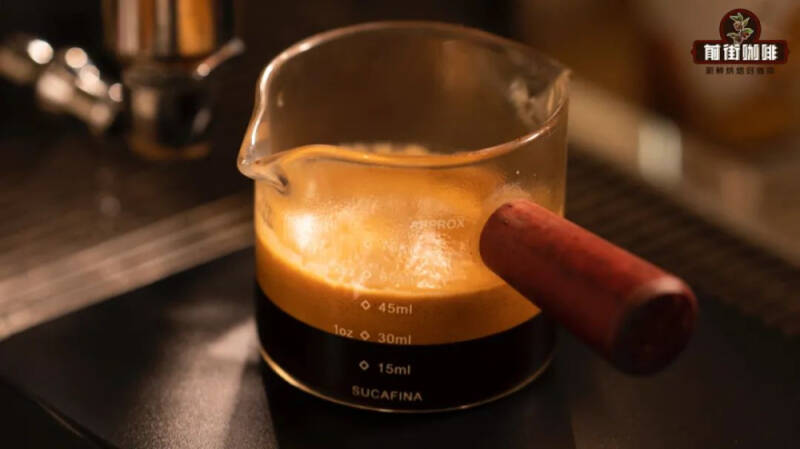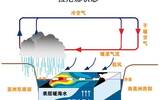Why does coffee appear grease when it is cold? What is the oil of hand-brewed coffee, cold-extracted coffee and siphon pot coffee?
I don't know if you've noticed this: when a cup of hand-brewed coffee is not drunk for a long time, its liquid surface will always show a thin layer of "oil." What is the origin of this layer of "oil"? Could it be that coffee had deteriorated?

What is the "oil" that appears after coffee cools? Reasoning, in fact, not only hand-brewed coffee, such as cold extraction, siphon pot coffee and other single black coffee will have "oil" on the surface of the situation! When it comes to "oil," I think everyone will think of the golden foam of espresso coffee-"Crema". What is Crema made of?

Crema is made from coffee bean fat wrapped in carbon dioxide! That's right, this layer of "oil" is not a substance that emerges because coffee has deteriorated, but it already exists in coffee! It's just that the visibility has changed, so people can see it from the beginning. And the cause of this phenomenon is "condensation." Front Street Science: "Condensation" means that gas or liquid condenses because of low temperature. For example, water vapor turns into water when it is cold, and water turns into ice when it is cold. The degree of appearance of oil in coffee is mainly related to the performance of filter equipment used in different coffee making methods. The better the filtering performance of the appliance, the less grease can be filtered out. Therefore, using the extraction method with extremely high filtration performance such as filter paper, the oil that can seep out is naturally very small. When the coffee is freshly brewed, there is no visible layer of grease floating on the surface of the coffee.
However, when the coffee cools down, this extremely thin layer of oil will form a solid visible to the naked eye due to condensation! Even a very thin oil can be stacked to reveal its own form. Front Street has shared before, if you use flannel, metal filter and other large filter holes, filter performance is weak, then after brewing you can intuitively see a layer of obvious grease floating on the coffee surface!
The amount of grease depends not only on the filtering performance of the appliance, after all, the appliance filters the "generated grease." Therefore, the key factor that determines the amount of fat must be-"the roasting degree of coffee beans"!
How does roasting affect the amount of fat in coffee beans? During the roasting process, the internal tissues of coffee beans will expand continuously due to heating, and then carbon dioxide and oil will be produced. When the roasting is completed, the coffee beans return from the high temperature environment to the normal temperature and pressure environment, and the carbon dioxide in the body will be continuously discharged. At the same time, the oil will also overflow outward. The carbon dioxide dissipates into the air immediately, while the oil stays on the surface of the beans until it is extracted and added to the coffee with hot water!
Back to the topic, you know, coffee bean fat and roasting degree is closely related! As the roasting deepens, the carbon dioxide and fat content will also increase! Light baked beans have a shorter baking time and less fat content. Therefore, they are generally in a very dry state when they are out of the oven, until after a period of time, their surface will appear a thin layer of luster due to grease. Deep baked beans are different. When beans are baked for a long time, they are very rich in oil. After being discharged, the beans will immediately have a visible luster. After 3~5 days of exhaust, the oil will overflow directly from the bean surface to form a very "bright" liquid!
So, does this grease affect the flavor of the coffee? Because the oil is always present in the coffee, the condensed oil will not have much effect on the coffee flavor. However, it will form a solid state, resulting in our perception. Therefore, the condensed grease will change the taste of coffee from smooth to rough! But since it's already oily because of the cold, then we don't need to worry about whether it tastes good or not ~ After all, from the taste of hot and cold coffee, you can imagine ~~
- END -
Front Street Cafe
No.10 Baoanqian Street, Yandun Road, Dongshankou, Yuexiu District, Guangzhou City, Guangdong Province
Important Notice :
前街咖啡 FrontStreet Coffee has moved to new addredd:
FrontStreet Coffee Address: 315,Donghua East Road,GuangZhou
Tel:020 38364473
- Prev

El Nino will end around April, La Nina will return to affect coffee producing areas
Recently, according to the latest weather forecast from the latest Climate Forecast Center of the Meteorological Bureau, El Ni ñ o weather conditions are expected to end around April 2024, after a neutral period, La Nina weather will form during the period from June to August. La Nina weather continues throughout the second half of the year. Recently, Ernie
- Next

What's the taste of coffee made with Robusta? Can I use Robusta for beans that make coffee by hand?
There are often some younger friends who want to find the opportunity to experience here in Qianjie because they have not tasted Luo Dou. But you know, Luodou such a "good thing" in front of the street will not be taken out at will, unless you first sign a guarantee that will not give bad reviews! It's a joke! Qianjie is coming to join you today.
Related
- What effect does Italian American coffee with filter paper have? Will coffee taste better if it is put on filter paper at the bottom of the powder bowl?
- What is the color difference in coffee beans? What are the characteristics of honey processed coffee beans? Why are the anaerobically treated coffee beans uneven in color?
- How does novice Xiaobai quickly get started and make coffee? Newbies learn to make coffee by hand and share the specific steps and process process!
- Costa tea has a shelf life of 100 years?! Expert: Unable to verify
- It's a huge uproar! American milk addition was rejected by Manner employees?!
- Mocha pot coffee bean recommendations| How fine and how much powder should be used for grinding? What parameter ratios do I need to use to make milk with Mocha pot coffee?
- What are the characteristics of the world's top ten coffee beans treated with Costa Rica honey? How to make black honey kadura from Tarazhu Pilon Processing Plant taste good?
- How to make deep-roasted coffee? What grinding water temperature does authentic Jamaica Blue Mountain No. 1 coffee use to brew it well?
- Selected high-grade rose summer coffee flavor tasting guide Why Panama rose summer has the aroma of flowers and fruits
- What equipment does a novice Xiaobai need to buy to learn to make coffee? Filter cup electronic scale bean grinder manual flushing pot purchase guide

